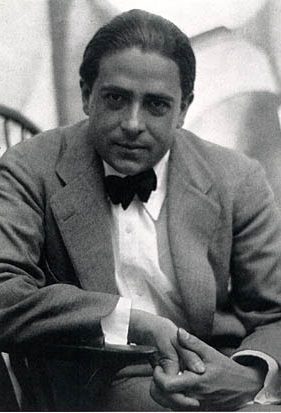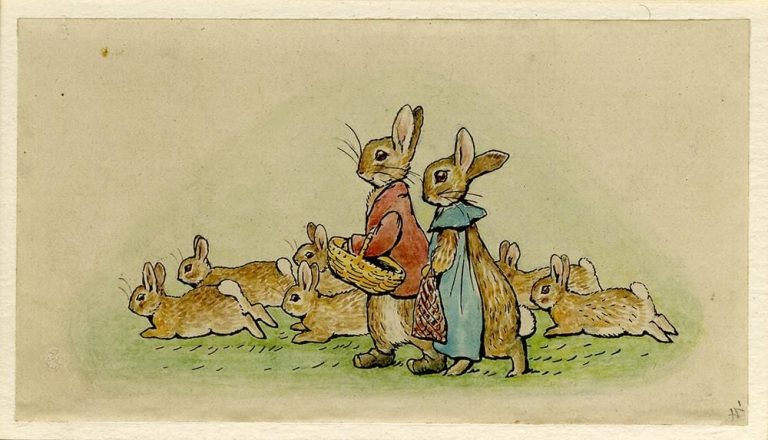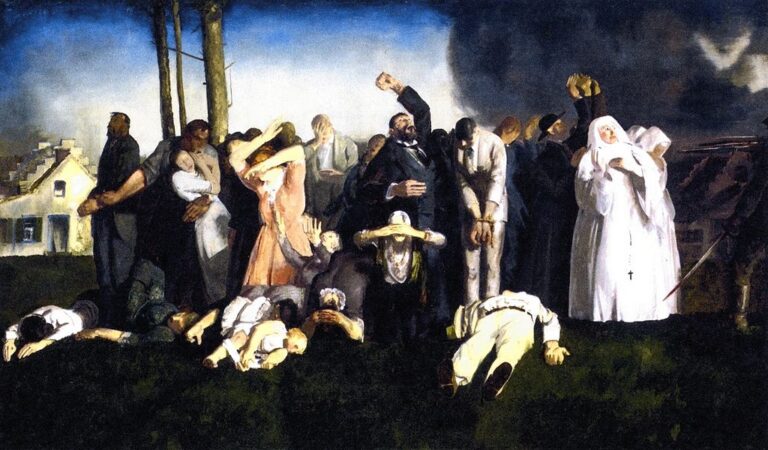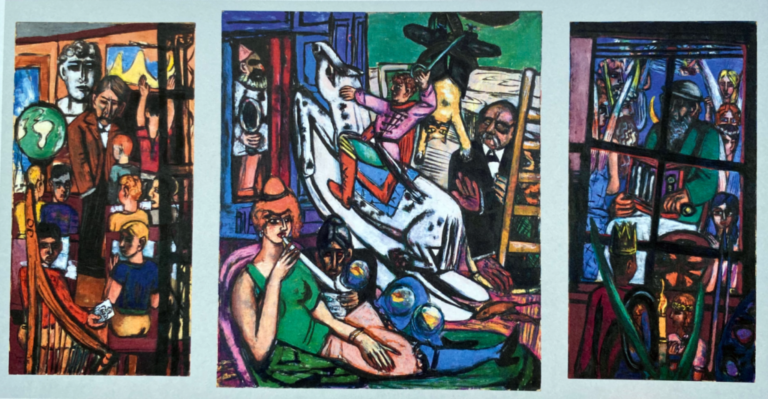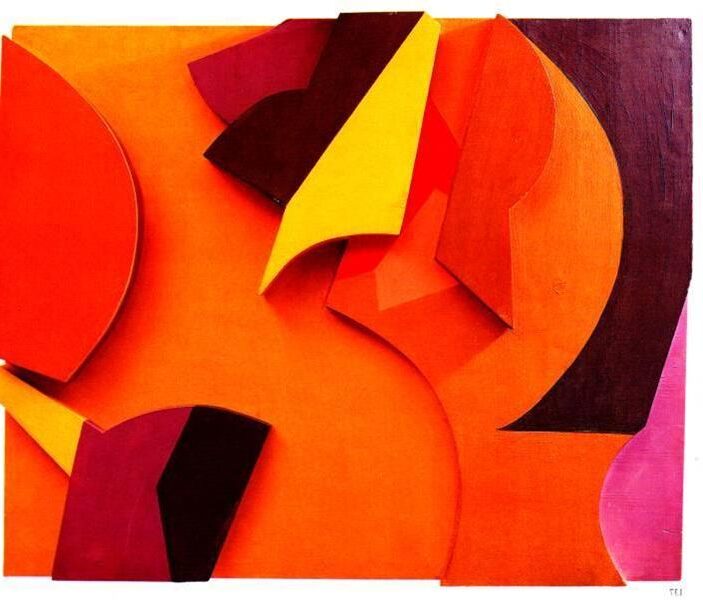Francis Picabia: Painter and Pioneer of Dadaism
Born: 22 January 1879, Paris, France
Death: 30 November 1953, Paris, France
Art Movement: Dadaism, Surrealism
Nationality: French
Influenced By: Marcel Duchamp and Alfred Sisley
Institution: École des Arts Decoratifs, Paris
Francis Picabia: Painter and Pioneer of Dadaism
Early Life and Artistic Beginnings
Francis Picabia was born in Paris on January 22, 1879. He showed an early talent for art and began his formal training as a teenager. His artistic journey would take him from traditional styles to avant-garde movements.
Impressionist Influences and Education
Picabia came from a wealthy family, which allowed him to pursue art from a young age. He studied at the École des Arts Decoratifs in Paris. There, he learned traditional painting techniques.
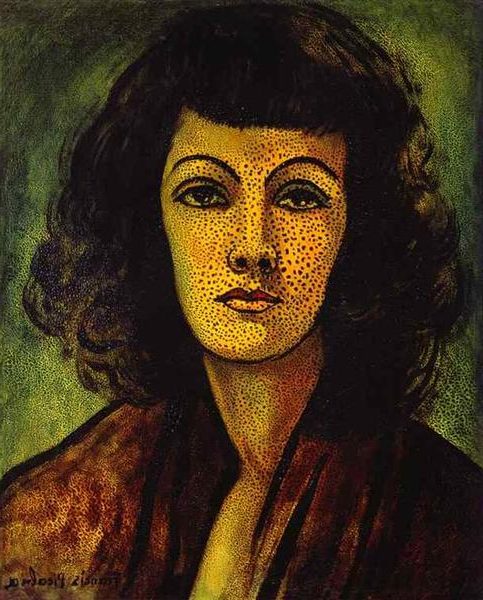

His early work was heavily influenced by Impressionism. He looked up to artists like Alfred Sisley. Picabia’s landscapes from this period show soft brushstrokes and a focus on light effects.
By his early twenties, Picabia was already selling paintings. His Impressionist-style works were popular with buyers. This early success gave him financial freedom to experiment later on.
Transition to Avant-Garde and Cubism
Around 1908, Picabia’s art began to change. He moved away from Impressionism towards more modern styles. His colors became brighter and his forms more abstract.
Picabia became interested in Cubism. He joined the Puteaux Group, which included other avant-garde artists. This group met to discuss new ideas in art.
His friendship with Marcel Duchamp started during this time. Duchamp had a big impact on Picabia’s artistic development. Together, they pushed boundaries in art.
Picabia’s work from this period shows Cubist elements. He broke down forms into geometric shapes. His paintings became more experimental and less realistic.
Pivotal Art Movements and Collaborations
Francis Picabia played key roles in Dada and Surrealism. He moved between cities, collaborating with major artists and shaping avant-garde ideas.
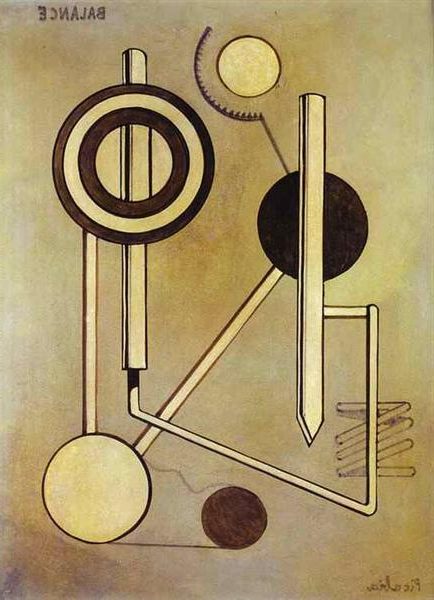
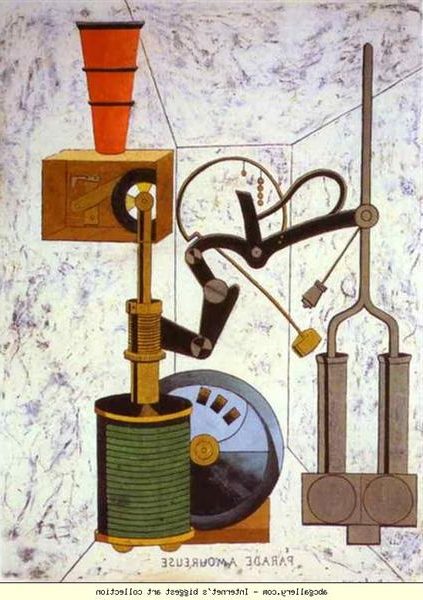
Dada Movement and New York City
Picabia became a central figure in Dada. He moved to New York in 1915, joining the city’s artistic scene. There, he met Marcel Duchamp and worked with Alfred Stieglitz.
Picabia’s art changed drastically during this time. He made strange machine-like drawings and paintings. These works poked fun at traditional art ideas.
In New York, Picabia also wrote poetry and published a Dada magazine called “391”. This magazine spread Dada ideas and featured work by other artists.
Picabia’s time in New York was short but important. He helped bring Dada to America and influenced many artists there.
Barcelona, Paris, and Surrealism
After New York, Picabia moved to Barcelona in 1916. He continued to publish “391” there. In 1919, he returned to Paris, where Dada was taking off.
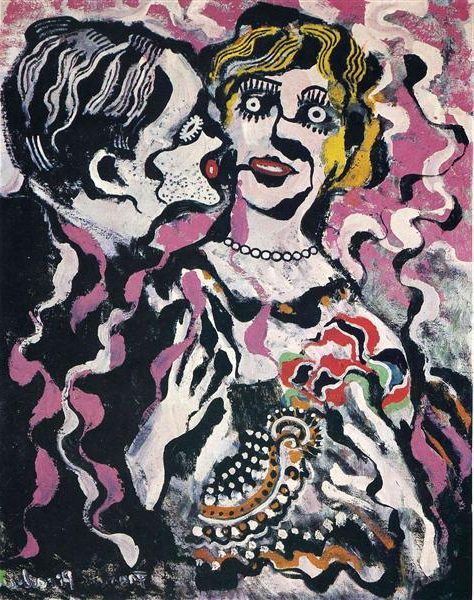

In Paris, Picabia worked with poets like Guillaume Apollinaire and Tristan Tzara. His art and writing became even more rebellious and shocking.
As Dada faded, Surrealism emerged. Picabia briefly joined the Surrealists, led by André Breton. But he soon split from the group, preferring to work alone.
Picabia’s art kept changing. He made abstract works, realistic paintings, and collages. His style shifts reflect his restless creativity and refusal to stick to one movement.
Major Works and Legacy
Francis Picabia left a lasting mark on modern art through his diverse body of work and innovative approaches. He pushed boundaries in painting, writing, and other media while influencing key art movements of the early 20th century.
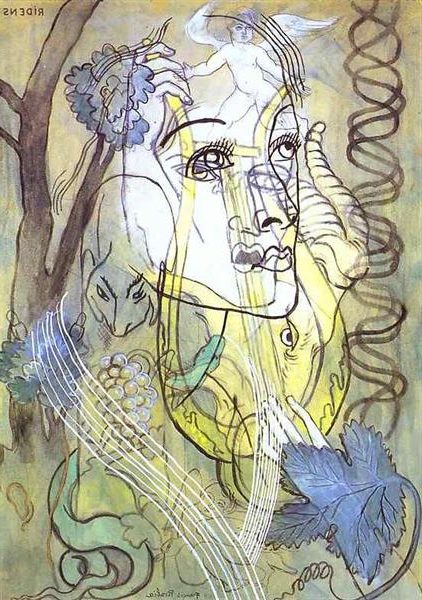
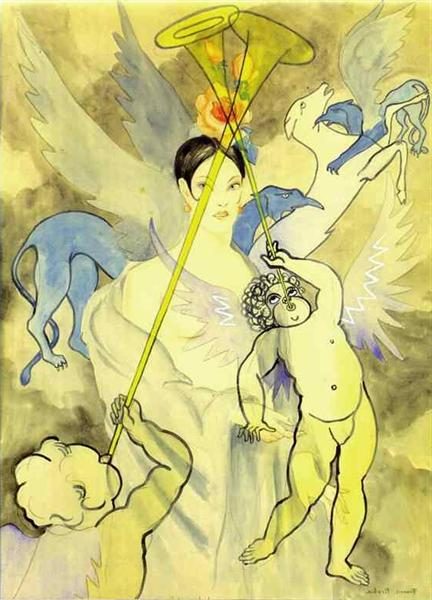
Contributions to Modern Art and Literature
Picabia created groundbreaking abstract paintings that helped shape modernism. His 1909 work “Caoutchouc” experimented with Cubist ideas using watercolor and ink. He later made strange machine-part images that blended eroticism and mechanics.
Picabia also wrote poetry and published magazines that spread new artistic concepts. His text-based paintings laid groundwork for later Conceptual art. As both a painter and writer, he crossed boundaries between visual art and literature.
Exhibitions and Influence on Modernism
Picabia’s works appeared in major shows that defined modern art. He exhibited with the Section d’Or group of Cubist painters in 1912. His paintings were included in the famous 1913 Armory Show in New York.
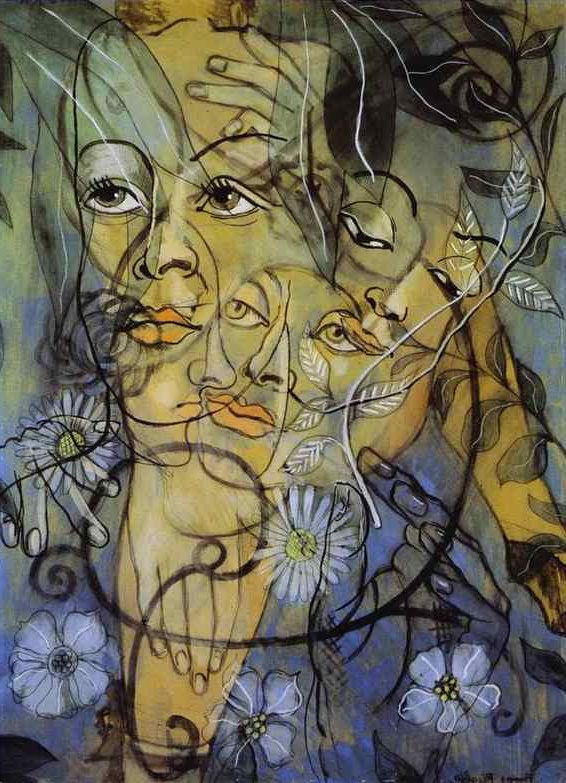

The Museum of Modern Art in New York has featured Picabia’s art in important exhibitions. His ever-changing styles influenced other artists to experiment freely. Picabia’s willingness to adopt new forms made him a model for later avant-garde movements.
Frequently Asked Questions
Francis Picabia was a key figure in early 20th century art movements. He made bold changes to his style over his long career. His work influenced many other artists of his time and later.
What is Francis Picabia known for in the art world?
Francis Picabia was known for his role in the Dada movement. He helped start this anti-art group in the 1910s. Picabia was also famous for changing his art style often.
His work spanned many types of art. He made paintings, wrote poetry, and worked in film. Picabia was not afraid to try new things in his art.
How did Francis Picabia contribute to the Dada and Surrealist movements?
Picabia was a leading figure in Dada. He made art that went against normal ideas of beauty. His work often shocked people and made them think.
He later joined the Surrealists. In this group, he made dream-like art. Picabia’s work helped shape both of these important art movements.
Can you describe the evolution of Francis Picabia’s artistic style throughout his career?
Picabia’s style changed a lot over time. He started with Impressionist paintings in his early years. Then he moved to abstract art.
During World War I, he made machine-inspired art. Later, he painted in a more realistic style. In his last years, Picabia made abstract dot paintings.
What are some of the most notable exhibitions that have featured Francis Picabia’s work?
The Museum of Modern Art in New York held a big Picabia show in 2016. It covered his whole career. In 2025, Hauser & Wirth in Paris showed his late work.
These shows helped people see how varied Picabia’s art was. They also showed how he kept changing his style until the end of his life.
How did Francis Picabia’s work influence his contemporaries and subsequent art movements?
Picabia’s work inspired other Dada artists. His quick style changes influenced later artists too. They saw they could try new things in art.
His machine paintings affected Surrealism and Pop Art. Picabia’s bold moves in art helped pave the way for many modern artists.
What is the significance of Francis Picabia’s piece ‘The Spring 1912’ in the context of his oeuvre?
‘The Spring 1912’ marks a key point in Picabia’s career. It shows his move from Impressionism to abstract art.
This painting has both realistic and abstract elements. It helped set the stage for Picabia’s later abstract work.
The piece shows how Picabia was always pushing his art in new directions.


